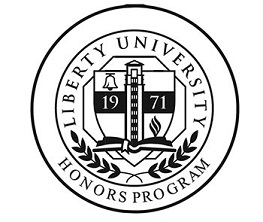Publication Date
Spring 2016
School
School of Engineering and Computational Sciences
Major
Computer Science
Keywords
Artificial Intelligence, AI, Neurology, Computer Architecture, Affective Computing, Brain, Synthetic Intelligence, Logic, Emotion, Reason, Social Intelligence, Robot, Robots, Morality, Self-Modification, Aesthetics, Abstraction, Reason, Neural Networks
Disciplines
Applied Behavior Analysis | Biological Psychology | Cognition and Perception | Cognitive Neuroscience | Cognitive Psychology | Computational Engineering | Computational Neuroscience | Computer and Systems Architecture | Data Storage Systems | Digital Circuits | Hardware Systems | Molecular and Cellular Neuroscience | Nervous System | Neuroscience and Neurobiology | Personality and Social Contexts | Robotics | Sense Organs | Social Psychology | Systems Neuroscience
Recommended Citation
Adams, Samuel C., "“My Logic is Undeniable”: Replicating the Brain for Ideal Artificial Intelligence" (2016). Senior Honors Theses. 590.
https://digitalcommons.liberty.edu/honors/590
Abstract
Alan Turing asked if machines can think, but intelligence is more than logic and reason. I ask if a machine can feel pain or joy, have visions and dreams, or paint a masterpiece. The human brain sets the bar high, and despite our progress, artificial intelligence has a long way to go. Studying neurology from a software engineer’s perspective reveals numerous uncanny similarities between the functionality of the brain and that of a computer. If the brain is a biological computer, then it is the embodiment of artificial intelligence beyond anything we have yet achieved, and its architecture is advanced beyond our own. When striving to achieve the ideal form of AI and revolutionize our computer architecture, where else should one look than the design of the brain? This paper will give a brief history of artificial intelligence, define ideal AI by a set of criteria, discuss the philosophical implications and moral issues of attempting to create a synthetic human, analyze the similarities between the brain’s architecture and computer architecture, postulate a design approach for engineering this “ideal AI”, and discuss the applications and consequences of such technology.
Included in
Applied Behavior Analysis Commons, Biological Psychology Commons, Cognition and Perception Commons, Cognitive Neuroscience Commons, Cognitive Psychology Commons, Computational Engineering Commons, Computational Neuroscience Commons, Computer and Systems Architecture Commons, Data Storage Systems Commons, Digital Circuits Commons, Hardware Systems Commons, Molecular and Cellular Neuroscience Commons, Nervous System Commons, Personality and Social Contexts Commons, Robotics Commons, Sense Organs Commons, Social Psychology Commons, Systems Neuroscience Commons



